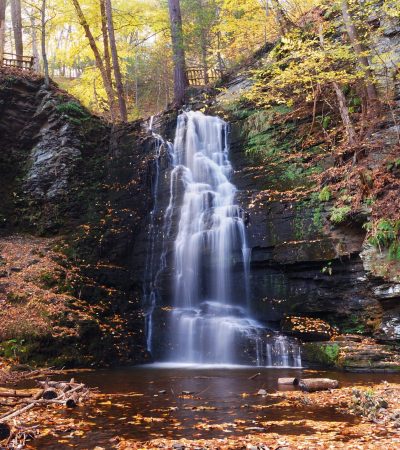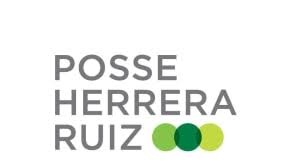By SofÃa Ãngel, Environmental Associate at Posse Herrera Ruiz Â
On June 6, the draft decree was announced “by which the standards required for the functioning of indigenous territories in environmental matters and the development of the environmental powers of the indigenous authorities and their effective coordination with the others are established.†authorities and/or entities†(“PDâ€), agreed between the Ministry of Environment and Sustainable Development (“MADSâ€) and the Permanent Roundtable for Indigenous Peoples.
This PD would create a new environmental authority headed by the indigenous authorities, who would have environmental powers in their territories.Â
To date, this PD has not been published on the MADS website for public consultation, but rather incorporated, protocolized and published in the Minutes of Session No. 3 of the Permanent Round Table of Indigenous Peoples and Organizations.Â
The PD established that indigenous authorities would be part of SINAP, and that they would have powers in matters of territorial environmental planning and in determining the regulatory management and government mechanisms for the conservation and use and management of natural resources in their territories.Â
This management, regulation, and environmental governance would be developed by the indigenous authorities in accordance with their knowledge systems, Greater Law, Own Law, Law of Origin, Natural Law, Word of Life. These terms are not defined either in the PD or in the law, which generates uncertainty about the exercise and scope of the powers that these authorities would have.Â
Additionally, the indigenous authorities will be competent to impose sanctions on members of their communities for environmental infractions and, in cases of non-members, the indigenous authority will coordinate with the competent environmental authority as necessary.Â
What will be the territorial jurisdiction of the indigenous environmental authorities?
The territorial authorities would exercise their jurisdiction in their indigenous territories, reservations and indigenous reserves and ancestral territories, the territorialities and the areas owned by the communities that have their own government.Â
How will the indigenous authorities coordinate with the SINAP environmental authorities?
It is not clear how the articulation and coordination of powers will be carried out, since the powers of the SINAP environmental authorities are legally defined by territorial jurisdiction, type of project or activity, etc.; However, in the case of indigenous authorities, their jurisdiction is not territorially delimited with certainty.Â
Although the PD points out the need for coordination between authorities, at the same time, the principle of legal pluralism of the PD establishes that preferably the regulatory systems of the peoples, with which, ultimately, the knowledge and competence of the indigenous authority will be applied.Â



